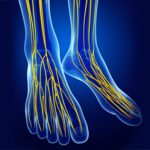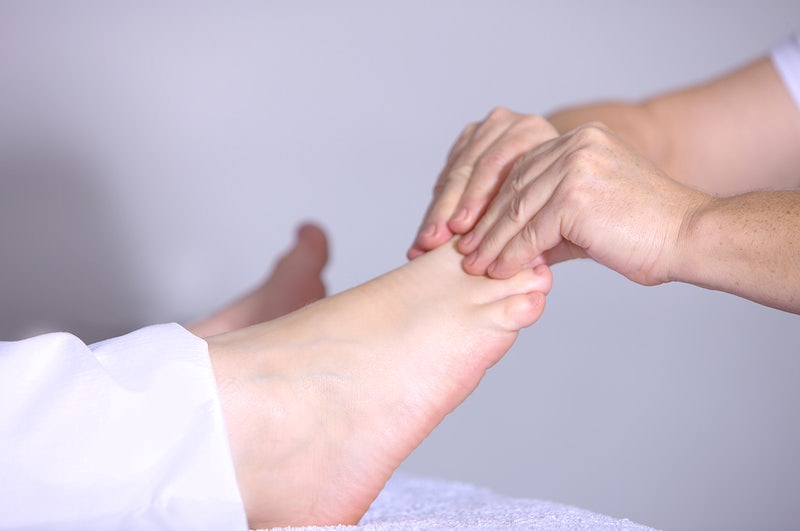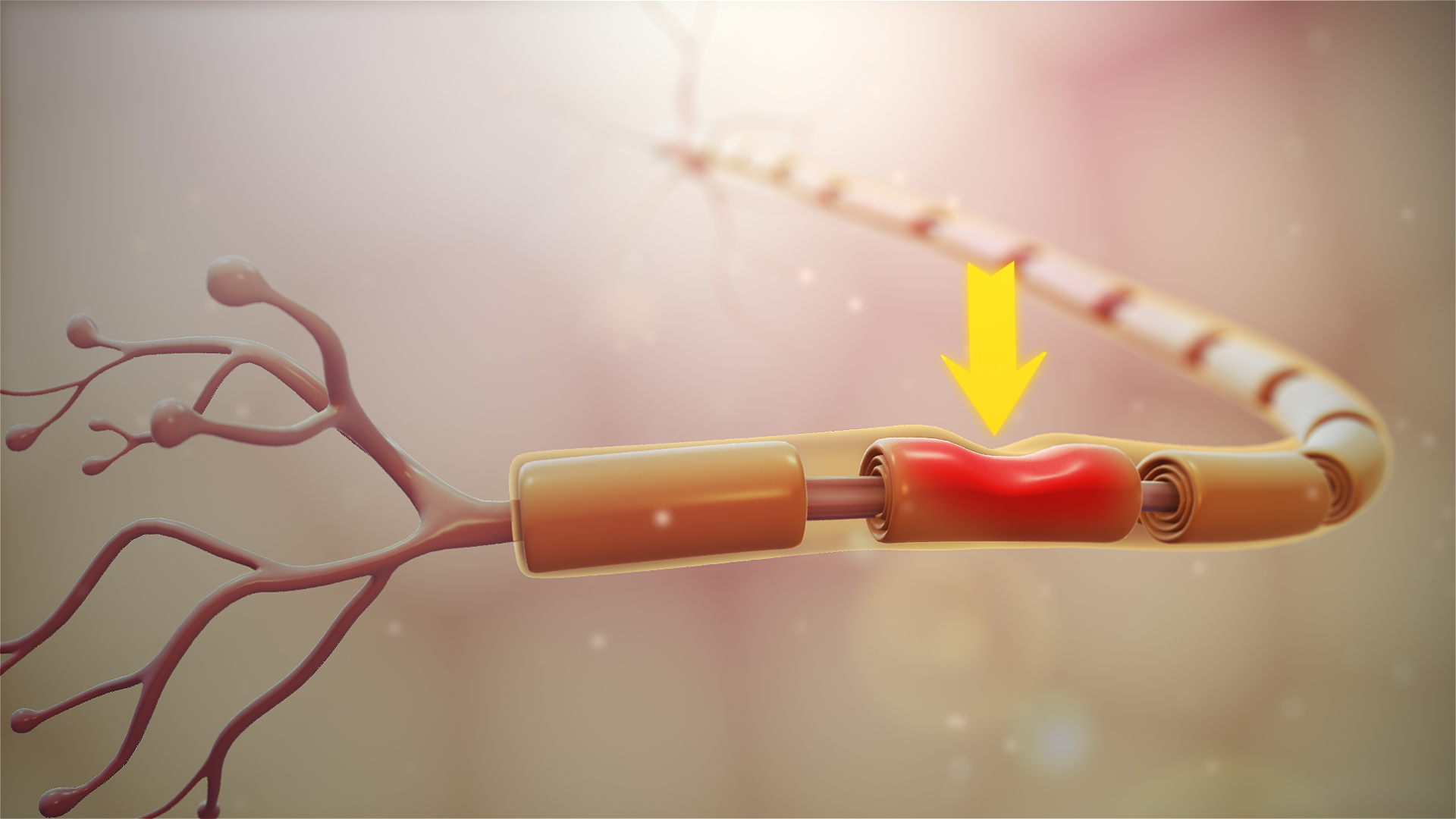Lately, the magnetizers have gained popularity as an effective way to treat sciatica. But are they really effective?
In this article, we will examine the evidence and see if the magnetizers really are an effective treatment for sciatica.
The sciatic nerve: what is it?
Le sciatic nerve is the longest and widest nerve in the human body. It starts from the lower back and crosses the hips and buttocks to the legs. the sciatic nerve consists of nerve fibers originating from the L4 to S3 roots.
He leaves the basin by the large ischial notch, bounded by hip bone up, and the sacrospinous ligament down and back.
He passes in the piriformis region, usually below this muscle, perforates or traverses it, and terminates anterior to the greater trochanter of the femur, where it divides into its terminal branches, which distribute to the skin of the posterior surface of the thigh, lower leg and of the foot.
Le sciatic nerve provides motor innervation to the muscles of the posterior aspect of the thigh via the tibial split (L4-S3), while it provides motor and sensory innervation to the muscles and skin of the leg and foot via the common peroneal division (L4-S2).
Pathologies related to the sciatic nerve
Due to its length and location, the sciatic nerve is susceptible to a number of different pathologies. Here are a few :
Sciatica
It is a condition characterized by pain in the lower back, buttocks and legs. It is caused by pressure on the sciatic nerve, usually due to a herniated disc or a bone spur.
Lumbosciatica
This is a general term used to describe pain in the lower back. It can be caused by a number of different factors, including a herniated disc, a spinal stenosis or an degenerative disc disease.
Piriformis syndrome
This condition occurs when the piriformis muscle, which is located near the sciatic nerve, becomes tight or spastic. This can put pressure on the sciatic nerve and cause pain.
Spinal stenosis (narrow spinal canal)
This is a condition in which the spinal canal narrows, putting pressure on the nerves. It can cause pain, numbness and weakness in the legs.
Herniated disc
It occurs when the intervertebral disc bulges or breaks. It can put pressure on the sciatic nerve and cause pain.
If you experience pain or discomfort in your lower back, buttocks, or legs, it's important to see a doctor to rule out any of these conditions.
Medical treatments for sciatica
There are a number of different medical treatments for sciatica, including medications, exercises, injections, and operations.
- Medicines: there are many different medications that can be used to treat sciatica, including over-the-counter pain relievers, muscle relaxants, and anti-inflammatories.
- physical exercise: Exercise is often recommended as a treatment for sciatica. It can help strengthen the muscles around the spine and improve flexibility.
- Infiltrations: Steroid injections or nerve blocks may be recommended to relieve pain and inflammation.
- Surgery : in some cases, an operation may be needed to relieve pressure on the nerve root or to remove a herniated disc.
Although these medical treatments can be effective, many people prefer to opt for natural strategies.
Magnetism, sciatica cutter?
Le magnetism has been used for centuries for a variety of purposes, from navigation to healing. More recently, the magnetism began to gain attention as a possible treatment for pain, especially sciatica.
Although the mechanisms are not fully understood, magnets can help reduce inflammation and promote healing by increasing blood flow to the affected area. The magnets would also block the pain signals emitted by the nerves, thus providing relief to people suffering from chronic pain.
Role of magnetizers
The magnetizers are people who use magnets to treat pain. They apply magnets to the skin of the painful area.
La theory behind magnetotherapy is that magnets can help reduce inflammation and promote healing by increasing blood flow to the affected area.
Magnetic therapy is also thought to block pain signals from nerves, providing relief for people with chronic pain.
Is magnetism an effective treatment for sciatica?
There is no scientific evidence to suggest that the magnetism is an effective treatment for sciatica. However, some people believe in the power of magnets and have observed positive results.
If you're considering using magnetic therapy for your sciatica, it's important to talk to your doctor first.
Projects
- https://www.francebleu.fr/emissions/le-dossier-du-jour/cotentin/un-magnetiseur-vous-ecoute
- https://www.antoine-guiard-magnetiseur.fr/actualites-magnetiseur/le-magnetisme-soulage-les-maux-de-dos-la-sciatique-la-lombalgie-la-discopathie/
- https://www.constance-magnetiseur.fr/blog-magnetisme/sciatique-et-magnetisme/











